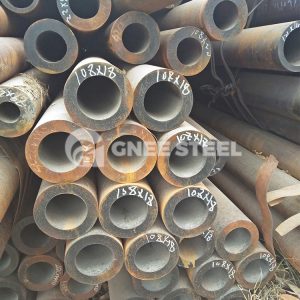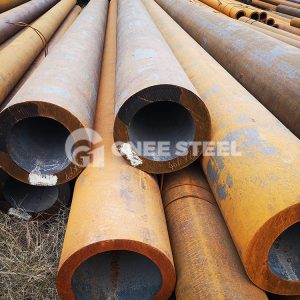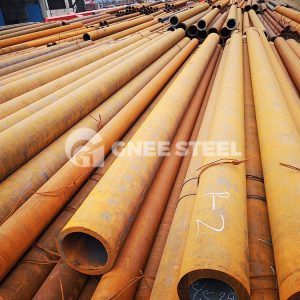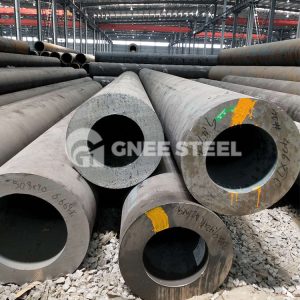1. Thick-walled seamless steel pipe castability (castability): refers to the performance of metal materials that can be cast to obtain qualified castings. Castability mainly includes fluidity, shrinkage and segregation. Fluidity refers to the ability of liquid metal to fill the casting mold. Shrinkage refers to the degree of volume shrinkage of the casting when it solidifies. Segregation refers to the inhomogeneity of the chemical composition and structure within the metal due to differences in the crystallization sequence during the cooling and solidification process of the metal. .
2. Forgeability of thick-walled seamless steel pipe: refers to the ability of metal materials to change shape without causing cracks during pressure processing. It includes hammer forging, rolling, drawing, extrusion and other processing in hot or cold state. The quality of forgeability is mainly related to the chemical composition of the metal material.


3. Thick-walled seamless steel pipe machinability (machinability, machinability): refers to the difficulty of metal materials being cut and processed by tools to become qualified workpieces. The quality of cutting processability is often measured by the surface roughness of the workpiece after processing, the allowable cutting speed and the degree of tool wear. It is related to many factors such as the chemical composition, mechanical properties, thermal conductivity and work hardening degree of metal materials. Hardness and toughness are usually used to roughly judge the quality of cutting processability. Generally speaking, the higher the hardness of a metal material, the more difficult it is to cut. Although the hardness is not high, it has high toughness and is more difficult to cut.
4. Weldability (weldability): refers to the adaptability of metal materials to welding processing. Mainly refers to the difficulty of obtaining high-quality welded joints under certain welding process conditions. It includes two aspects: one is the combination performance, that is, under certain welding process conditions, a certain metal is susceptible to welding defects; the other is the use performance, that is, under certain welding process conditions, a certain metal is welded Suitability of the joint to the requirements of use.

